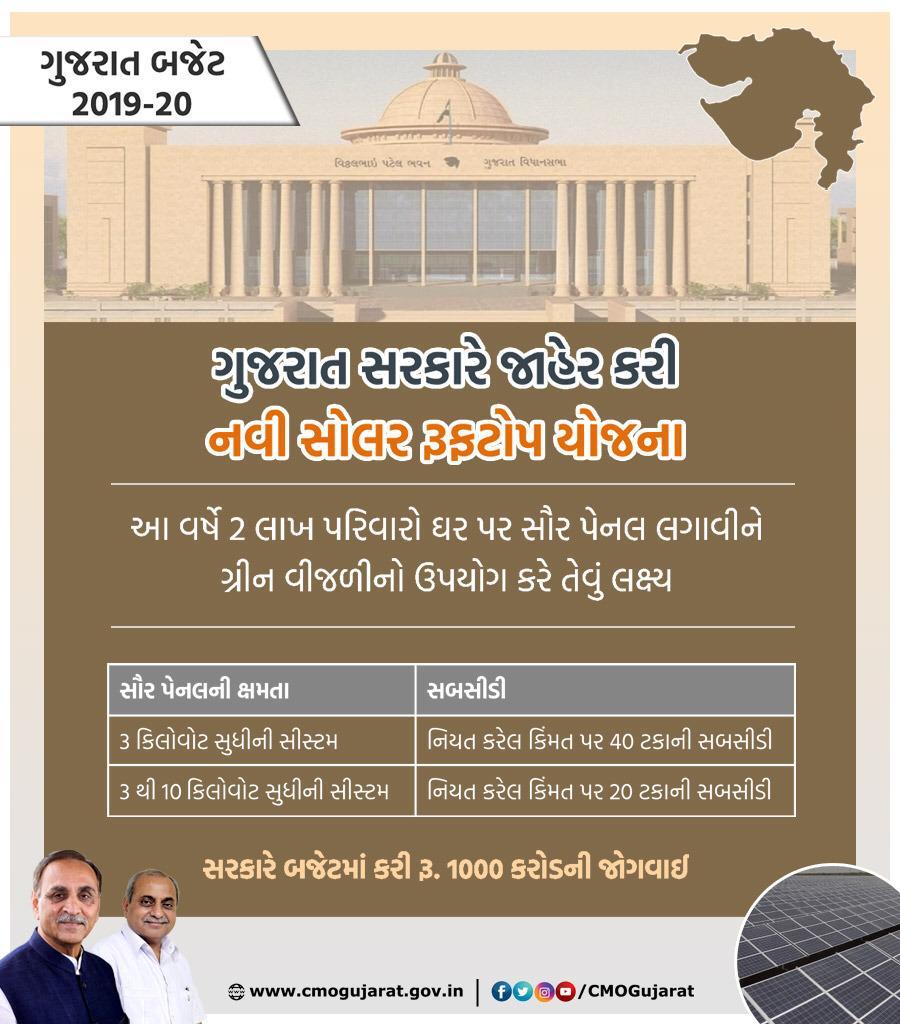Solar Power In India
India’s population reached one billion in the year 1999. Its population is increasing at a rate of 1.7% per year. And it is projected that by the middle of this century, India would become the most populous nation in the world with a population of 1.53 billion. With an increasing population, increases the energy crisis.
Conservation is a state of harmony between men and land.
-Aldo Leopold.
What is Energy Consumption Pattern in India?
India is both, a major producer as well as a major consumer of energy. With an energy production of 2.4% of the world’s total annual energy production, it stands at the 11th world ranking. The primary energy consumption in India is the third biggest after China and the USA with a 5.5% global share in 2016. Due to large transmission and distribution losses and various other factors, the country is still a net importer of energy.
What is the Solar Potential of India?
It is pleasantly surprising that any other country of the world couldn’t match India’s long-term solar potential. It is because it has an ideal combination of both solar isolation and a large potential consumer base density. According to a survey, 1.6 million MW capacity solar plants can be installed on its 1% land (32,000 sq km).
India’s Solar Resources
Day by day, solar power in India is increasing. Among various renewable energy resources, solar energy potential is the highest in the country. There is an equivalent energy potential of about 6000 million GWh of energy per year. The states like Rajasthan and Gujarat have maximum isolation. Further Tamil Nadu, Andhra Pradesh, Madhya Pradesh, and Maharashtra enjoy good isolation levels as well.
What are the Statistics of PV Growth Forecasts?
In August 2016, the forecast for PV installations was about 4.8 GW for the calendar year. About 2.8 GW was installed by the 8th month itself. India’s solar projects stood at about 21 GW, with about 14 GW under construction. And 7 GW to be auctioned. The country’s capacity is expected to reach 18.7 GW by the end of the year 2018.
What Role Government is Playing in Increasing Solar Energy Consumption?
For the solar power plant, the Ministry of New and Renewable Energy (MNRE) declares minimal technical requirements for solar PV modules and its BOS systems such as batteries, cables, connectors, etc. as per International standard IEC. It is also conducting and sponsoring events and Expos spread awareness about MNRE benefits. State nodal agency like GEDA (GUJARAT ENERGY DEVELOPMENT AGENCY) is also providing subsidies per KW 10,000 INR. And maximum up to 20,000 INR.
Recent News about Solar Energy and Government Subsidies
- MNRE has stopped subsidies on residential rooftop solar power plant till
- March 2018.
- Gujarat (GEDA) is still providing subsidies for residential rooftop projects.
- India defends solar panel makers from Chinese rivals.
- PMC to save Rs 1 crore by using solar power.
- China donates over 32000 solar power generators to Nepal.


